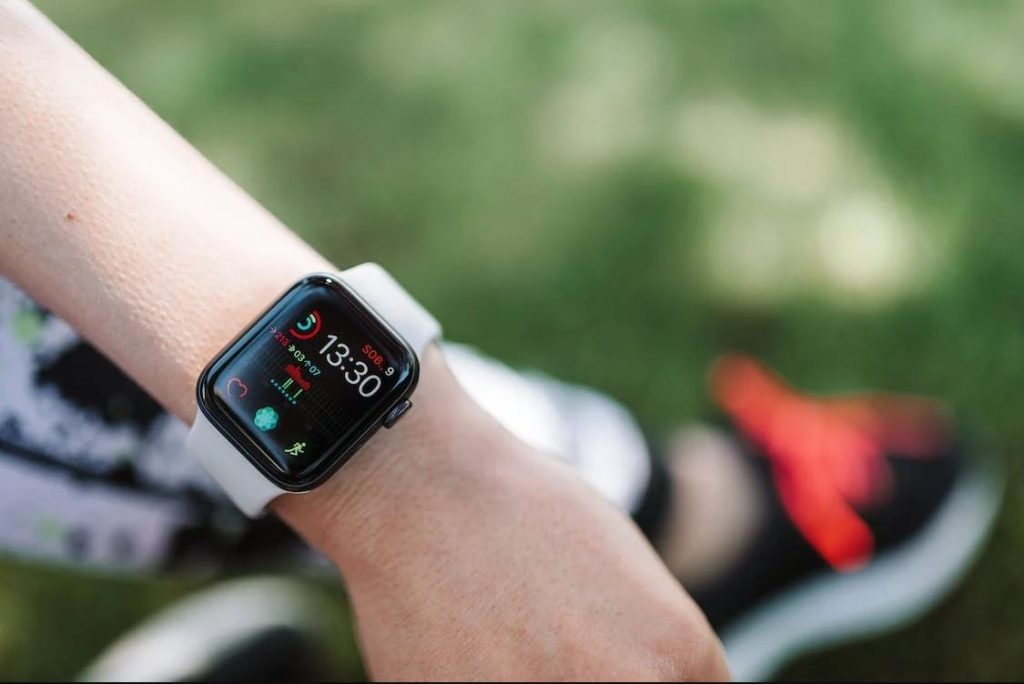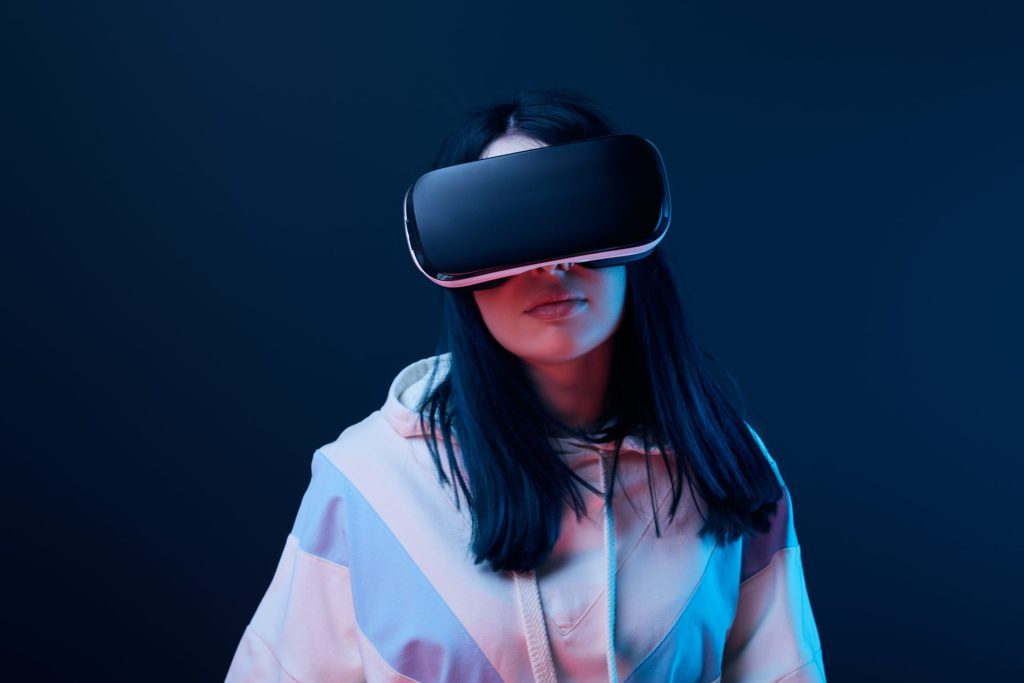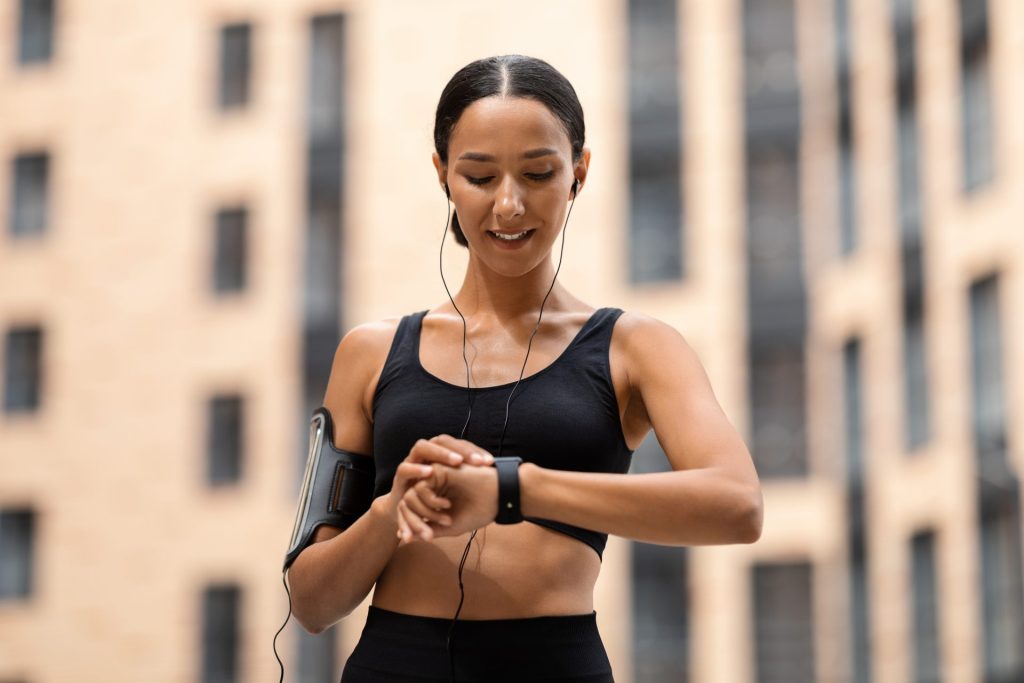BLOGS
Wearable Devices: The New Healthcare Revolution
Technology has progressed so far in the past several years that it has become possible for people to wear their devices. Gone are the big, clunky, or cumbersome gadgets. Devices today can be small or thin enough to sit unobtrusively over a patch of skin, to be worn on the wrist, and can even be incorporated into the fabric that makes up clothing to be worn in sports or as a staple fashion piece.
Wearable technology has been around for several years now. Today, it is estimated that there are over 700 million wearable devices in use around the world, and that number is expected to rise as technology gets better and the benefits of devices increase or improve. Wearable devices that track vital signs such as heart rate, respiratory rate, or the number of steps a person takes in a day have risen in popularity, especially within fitness circles but also among the general population who use these devices in an effort to take better care of their health.
This development springs a new trend: the use of wearable devices in the healthcare and medical context. While there exist several wearable technologies for medical use, this industry is still emerging. The concept of refining technology for healthcare is rapidly gaining traction as investors believe this to be the next big trend. A new wave of healthcare revolution is within sight with the rise of wearable technology specifically made for healthcare use.
What is wearable technology?

To put it simply, wearable technology is the umbrella term that refers to devices that are designed to be worn throughout the day. Common examples of wearable devices include fitness trackers and smartwatches, both usually worn on the user’s body such as the wrists. In tech spheres, these are called “wearables” for short.
What is the purpose and uses of wearable devices?
Current wearables usually connect with other devices, such as your smartphone or computer to transmit data in real-time.
Health and Fitness Trackers

For fitness trackers, these can include information such as the user’s heart rate, blood pressure, hours of sleep, breathing rate, and physical activity.
Some smartwatches also have the capacity to track fitness parameters, but they can also be used to view notifications from your phone, listen to music, give yourself reminders, and of course tell you the time. Smartwatches can also help the user control their smart home or other automated devices in their luxury home.
When connected to your phone or laptop through an app, these wearable devices can help you track important data about your general fitness parameters.
Sports and the Gaming Industry

Smart clothing is also emerging one of the types of wearable technology. Smart jackets have been designed to allow the user to charge their mobile devices through the jacket.
Professional athletes are also known to wear smart clothing that tracks the data such as heart rate and respiratory rate, but it can also track their speed, direction, physical activity and the way they move. The data recorded by wearable technology can be used by athletes and their coaches to analyze athletic performance in an objective way, telling them where they are doing well and where they need to improve.
Wearable technology also includes electronic devices that can be used for virtual reality and augmented reality games. VR or AR headsets are examples of wearable technology in this industry, but these devices for gaming is also growing to include devices such as jackets and handheld consoles that give haptic feedback on the user’s body for a more immersive gaming experience.
Are wearables the future of healthcare?

Interestingly, because fitness tracking was one of the first popularized examples of wearable technology, it has also impacted the healthcare sector. For example, a huge percentage of the population uses wearable technology to track their health, fitness, and well-being. Often, the users of wearables use them in order to track health symptoms such as blood pressure, sleep quality, or heart rate. Then these users use the data they gathered with these devices during their next doctor’s appointment.
By having a wearable device tracking the user’s different symptoms or vital signs, it helps them paint a clearer picture of their health which can help them communicate better with doctors and develop better treatment plans. This type of information may be beneficial for those with chronic illnesses as well, as the continuous tracking of their symptoms can help them manage their condition in a more informed way.
However, there have been some cases where wearable devices have not been accurate in their readings of the user’s vital signs. Tech giants are the top names in the wearable device industry, with medical device companies coming in behind them. As such, there is a push for medical companies to improve their technology in order to create wearables that can be much more beneficial for users who want more healthcare-centric wearable devices.
Tech companies are also working to continuously improve the features of their wearables. Since their products are more widely available on the market, they are often the consumer’s first choice when it comes to wearable technology for health or other reasons.
How wearable technology promises to revolutionize healthcare

Wearable devices developed for healthcare can be beneficial for patients as well as their medical teal. Wearable devices can help healthcare professionals monitor the condition of their patients remotely. This remote access to their real-time symptoms can help make healthcare much more accurate and personalized to each patient.
Wearable technology is also one way to help patients have more autonomy with their medical interventions. While fitness trackers can give a general picture of their health and other physiological symptoms, dedicated medical wearable technology can be designed to be a more in-depth source of data.
Blood pressure sensors and cardiac wearable devices comprise the bulk of medical wearables in the industry today. Sensors on these devices that are in contact with the skin allow them to read this information on the body. But there are many other avenues for medical wearables, such as blood sugar monitoring, or even AI-powered analytics where patients and doctors can track and analyze the data collected by wearable devices.
Medically-focused wearable technology is an emerging market, and there are many avenues which can be profitable for investors. With better medical wearables, it can change the way healthcare can be perceived. Healthcare, monitoring, and disease prevention can be more accessible, improving the quality of life for many individuals.
Prioritize your health with a home in the luxury community Forresta
While wearable devices can help you monitor vital information about your health, the best way to prioritize your health is to live in an environment that has an abundance of space, fresh air, and sunshine. Forresta Villar Land can offer you and your family this type of peaceful and calming environment.
Forresta is Brittany Corporation’s newest luxury real estate development. This community, located in the thriving Daang Hari area, will be a beautiful place to raise a family away from the stress of big city living. Forresta will give you space to appreciate the outdoors and the beauty of nature, but it will still be conveniently located to the sights and comforts of the city.
Give yourself the gift of health with a luxury home in one of the best luxury lots in Daang Hari. Let Forresta be your gateway to a healthier and stress-free lifestyle.
For more information about luxury living with Brittany Corporation, feel free to browse our website. And follow us on LinkedIn and Youtube for the latest updates on luxury real estate and world-class living.

















